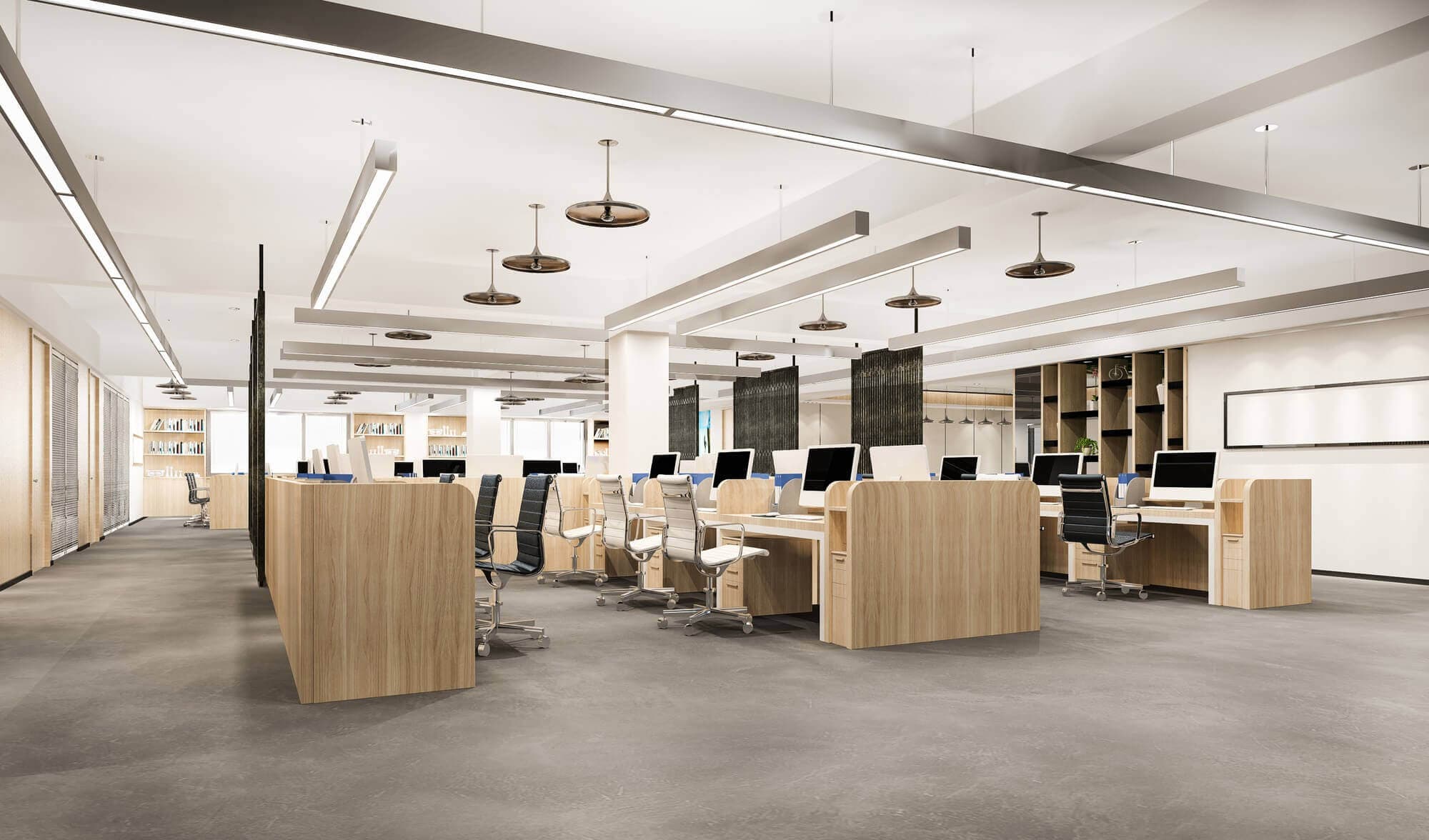In today’s dynamic work environment, hot desking has emerged as a popular solution for organisations seeking flexibility, cost efficiency, and collaboration. But while it promises many benefits, it also comes with challenges that can impact employees and businesses alike. Whether you’re an employer considering hot desking or an employee navigating this setup, understanding its pros and cons will help you make informed decisions.
What is hot desking?
Hot desking is a workspace system where employees do not have assigned desks. Instead, they choose available desks on a first-come, first-served basis or reserve them through booking systems. This approach aligns well with hybrid work models, where employees split their time between home and the office. While it sounds simple, hot desking fundamentally changes how people interact with their workspaces.
The upsides of hot desking
Cost savings
One of the most compelling reasons for adopting hot desking is its ability to reduce costs. By eliminating the need for dedicated desks, companies can optimise office space and cut down on real estate expenses. For example, Cisco reportedly saved $500 million by reducing its office footprint through flexible work arrangements. Lower utility bills and maintenance costs further contribute to savings.
Enhanced collaboration
Hot desking encourages employees from different departments to interact more frequently. This cross-functional collaboration fosters knowledge sharing and innovation. Imagine sitting next to someone from marketing one day and IT the next—such interactions can spark fresh ideas and strengthen company culture.
Flexibility for Hybrid Teams
For organisations with remote or hybrid workers, hot desking provides the flexibility needed to accommodate fluctuating in-office attendance. Employees can book desks only when they plan to come in, ensuring efficient use of space. It’s particularly beneficial for mobile teams like sales reps or consultants who need temporary office setups.
Cleaner workspaces
Without permanent desks cluttered with personal items, hot desking promotes tidier environments. Employees are encouraged to leave shared spaces clean for the next user. This can contribute to a more professional atmosphere while reducing distractions.
The downsides of hot desking
Lack of personalisation
A major drawback is the inability to personalise workspaces. Employees often spend long hours at their desks, but with hot desking, they can’t decorate their area with family photos or personal items. This lack of ownership may lead to feelings of disconnection and lower morale.
Potential stress over desk availability
Hot desking operates on a “first-come-first-served” basis unless a booking system is in place. This can create tension among employees who arrive early just to secure a preferred spot. For some, the unpredictability of not knowing where they’ll sit each day adds unnecessary stress.
Privacy concerns
Sharing spaces means reduced privacy. Employees may struggle to focus in open environments where phone calls or Zoom meetings are audible. While some companies address this by creating quiet zones or private booths, not all workplaces have these amenities readily available.
Increased technology costs
To support seamless transitions between desks, organisations often invest in advanced technology like docking stations, cloud-based platforms, and reservation systems. These upfront costs can be significant, especially for smaller businesses.
Is hot desking right for you?
Deciding whether hot desking suits your organisation depends on your goals and culture. If cost savings and collaboration are priorities, this system might be ideal. However, it’s crucial to address potential drawbacks with thoughtful planning:
- Implement Booking Systems: Desk reservation software ensures employees have guaranteed workspaces when needed.
- Provide Storage Solutions: Lockers or storage areas help employees feel secure about their belongings.
- Design Functional Spaces: Include zones tailored for focused work and collaborative tasks to cater to diverse needs.
- Communicate Clearly: Establish policies that outline how hot desking works and gather employee feedback regularly.
The human element
While hot desking offers practical benefits for businesses, its impact on employees shouldn’t be overlooked. A sense of belonging is vital in fostering engagement and productivity. Employers should strive to balance flexibility with stability by creating welcoming environments that support both individual preferences and team collaboration.
So, whether you’re walking into your office wondering where you’ll sit today or designing a workspace for your team’s future needs, remember: hot desking is more than just a trend—it’s an opportunity to rethink how we work together in ever-changing times.
Thinking about implementing hot desking in your workspace? Let Workspace365 help you create a flexible office environment that boosts collaboration without compromising comfort. Explore our fully equipped shared spaces and booking solutions designed to fit your team’s dynamic needs. Reach out today and find your perfect flexible setup!
